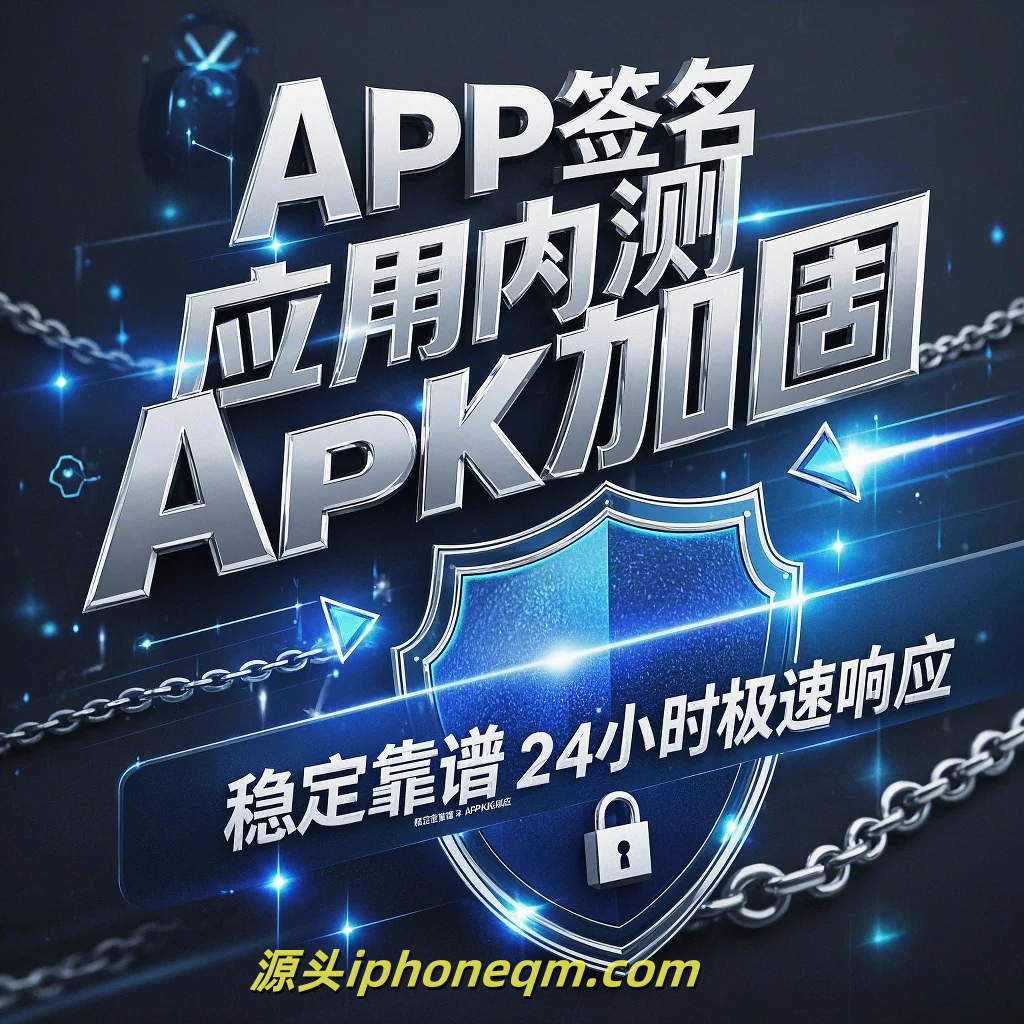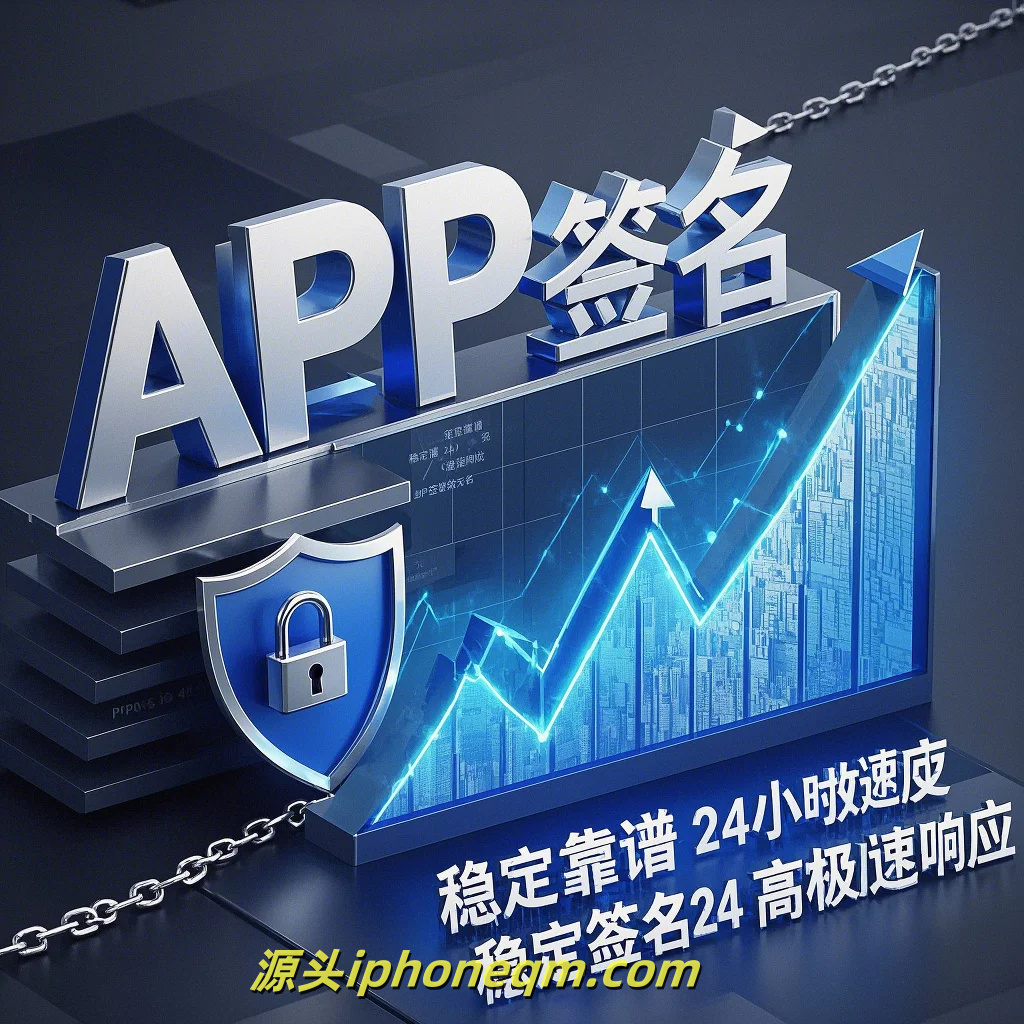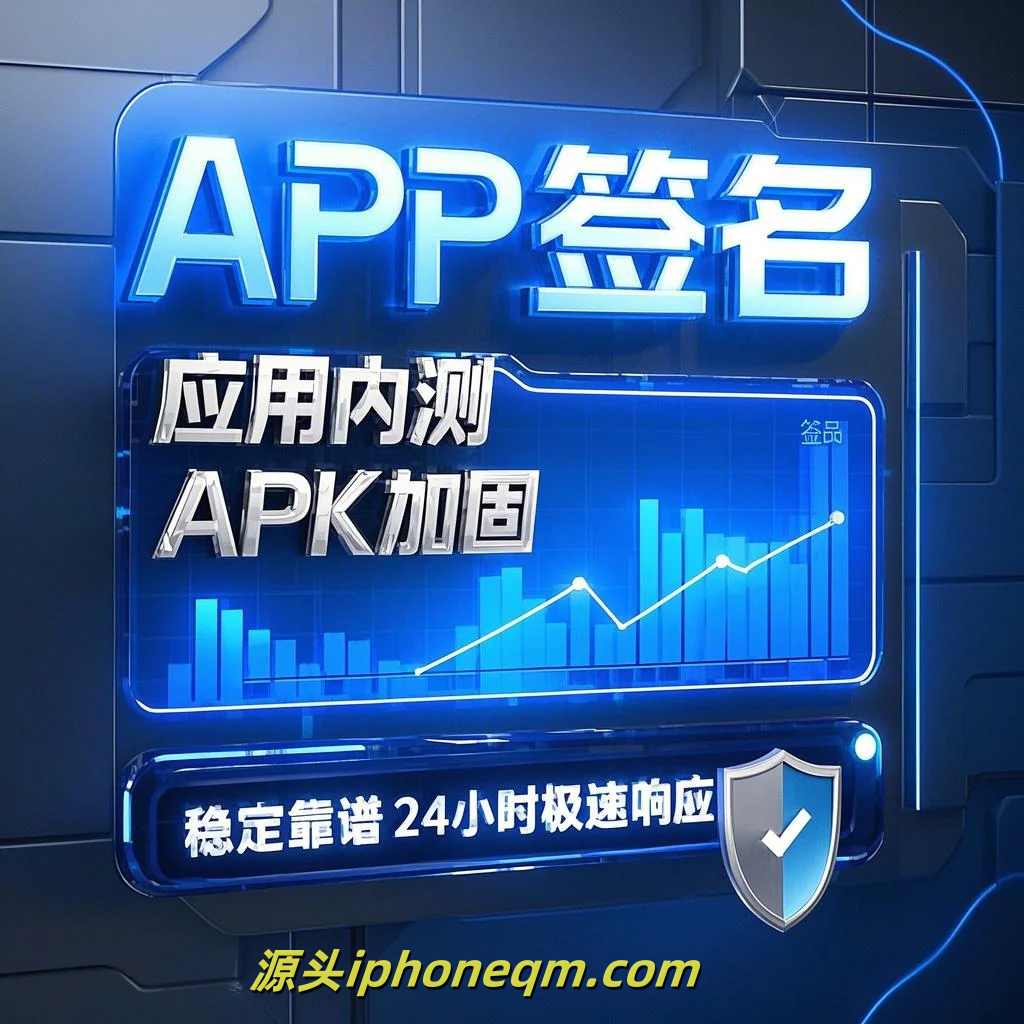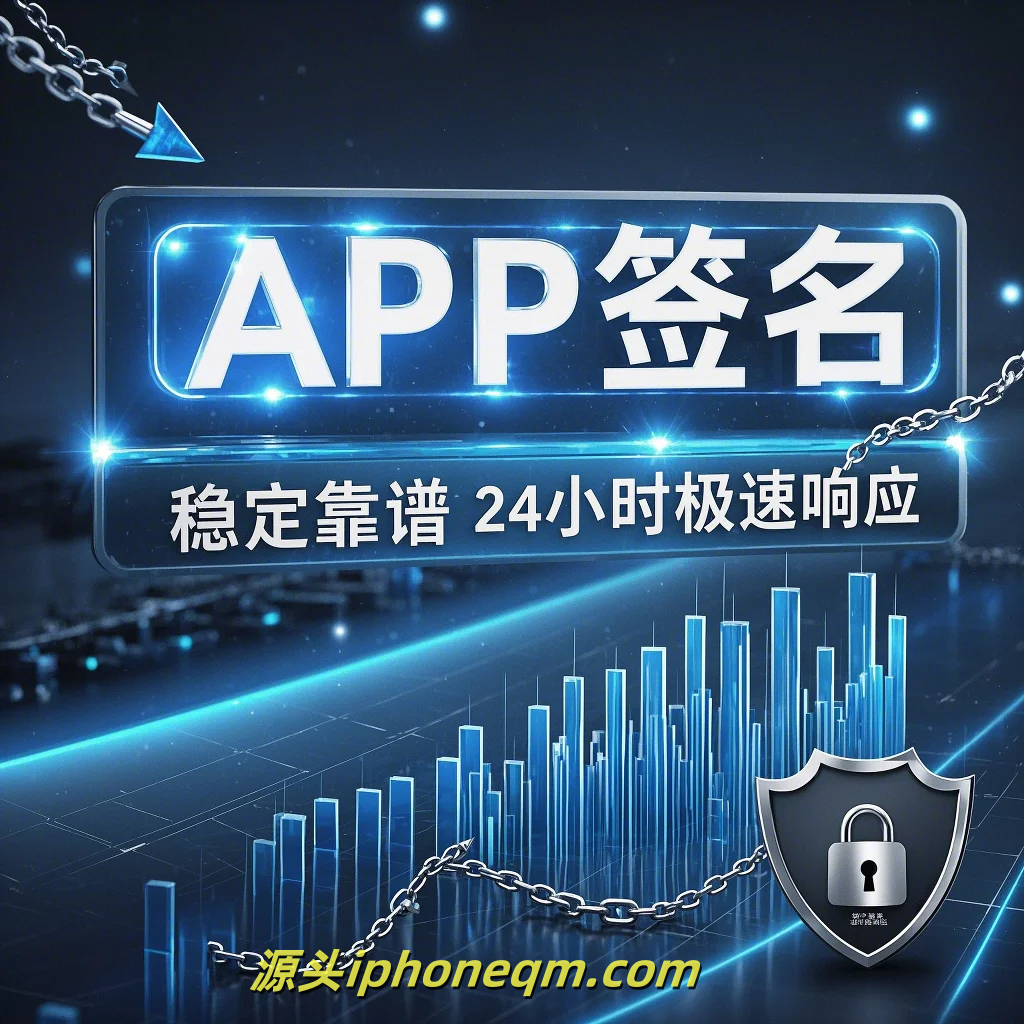Navigating the world of iOS signing can be a daunting task, especially for newcomers to app development or those looking to distribute applications outside the Apple ecosystem. In this article, we'll break down the essential components of iOS signing and provide you with a clear roadmap to help you understand this crucial process.
Firstly, let’s define what iOS signing is. In simple terms, iOS signing is a security mechanism that Apple employs to ensure that only verified developers can run apps on their devices. This process involves the use of digital certificates, provisioning profiles, and Apple’s code signing feature, which collectively verify the identity of the developer and the integrity of the application.
To start, it’s essential to acquire an Apple Developer account. This is your gateway to accessing the necessary tools and resources provided by Apple. There are two types of accounts: individual and organization. An individual account is sufficient for solo developers, while organizations may benefit from the collaborative features of the latter.
Once you have an account, the next step is to generate a signing certificate. This certificate acts as your app’s identity card and is crucial in establishing trust between your app and the iOS platform. You can create this certificate through Xcode or the Apple Developer portal. After generating the certificate, download it and install it on your development machine.
Now, let’s discuss provisioning profiles. A provisioning profile links your app’s signing certificate with your unique device identifiers (UDIDs) and specifies the app's entitlements. There are two primary types of provisioning profiles: development and distribution. Development profiles are used during the app development phase, allowing you to test your app on physical devices. Conversely, distribution profiles are necessary when you’re ready to release your app on the App Store or through ad-hoc distribution.
To create a provisioning profile, head to the Apple Developer portal, select “Certificates, Identifiers & Profiles,” and navigate to the ‘Profiles’ section. Select the appropriate type (development or distribution), and follow the prompts to associate it with your app and signing certificate. Once created, download and install the profile to complete the setup.

After setting up your signing certificate and provisioning profile, it’s time to configure your Xcode project. Open your project settings, click on the “Signing & Capabilities” tab, and make sure to select the correct team, certificate, and provisioning profile. This ensures that your app is signed correctly before you compile and deploy it.
Now, let’s cover some essential tips for smoother navigation through iOS signing. Always keep your signing certificates and provisioning profiles organized and updated. Expired certificates can lead to frustrating build errors, so monitor their statuses regularly. Additionally, consider using automated tools like Fastlane, which can streamline your code signing process and reduce human error.
In summary, navigating the world of iOS signing involves understanding certificates, provisioning profiles, and the necessary configurations in Xcode. With a clear grasp of these components, you can effectively manage the signing process, paving the way for successful app development and distribution. By following these steps and tips, you’ll be well on your way to mastering iOS signing, ensuring that your applications are secure, trustworthy, and ready to reach users worldwide. Happy coding!
扫描二维码推送至手机访问。
版权声明:本文由MDM苹果签名,IPA签名,苹果企业签名,苹果超级签,ios企业签名,iphoneqm.com发布,如需转载请注明出处。












